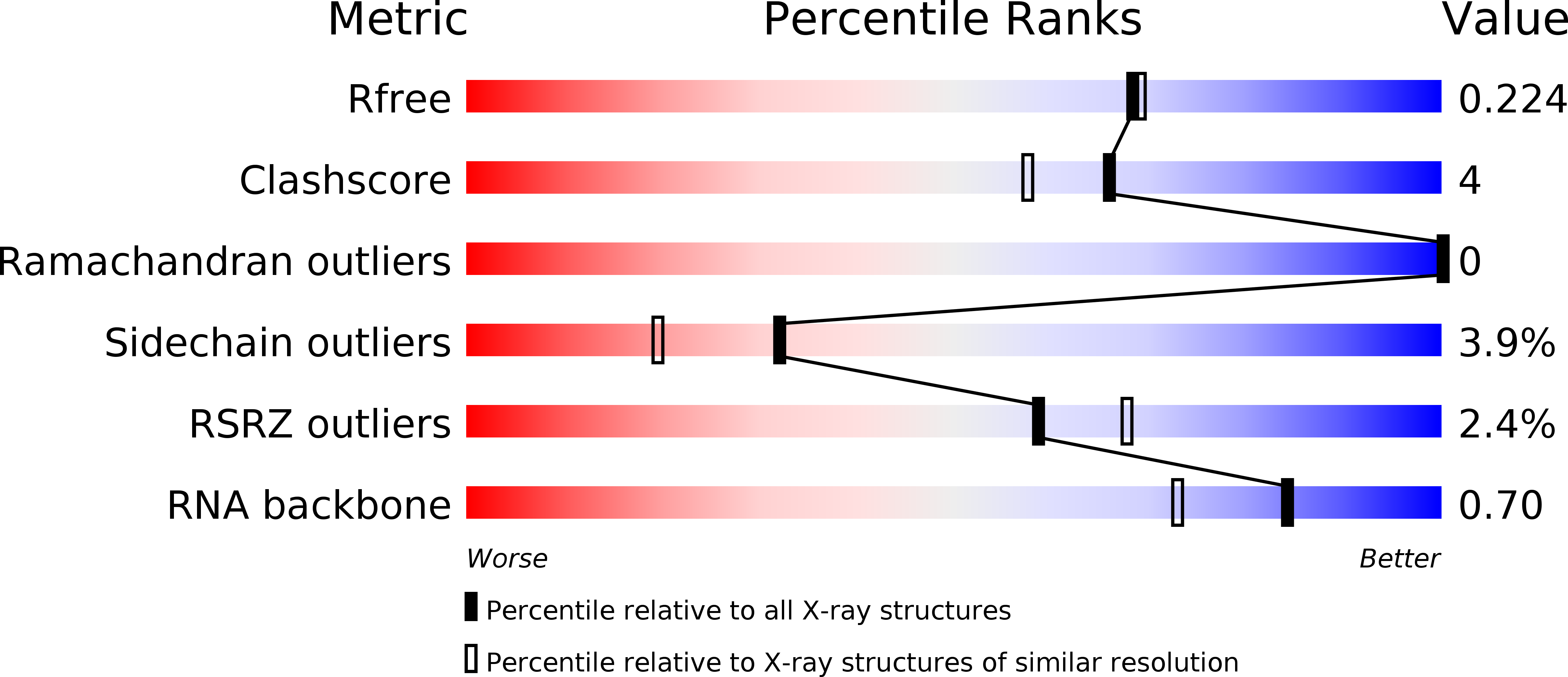
Deposition Date
2017-03-27
Release Date
2017-09-13
Last Version Date
2023-10-04
Entry Detail
Biological Source:
Source Organism:
Bacillus halodurans (Taxon ID: 272558)
synthetic construct (Taxon ID: 32630)
synthetic construct (Taxon ID: 32630)
Host Organism:
Method Details:
Experimental Method:
Resolution:
1.95 Å
R-Value Free:
0.21
R-Value Work:
0.16
R-Value Observed:
0.16
Space Group:
C 1 2 1


